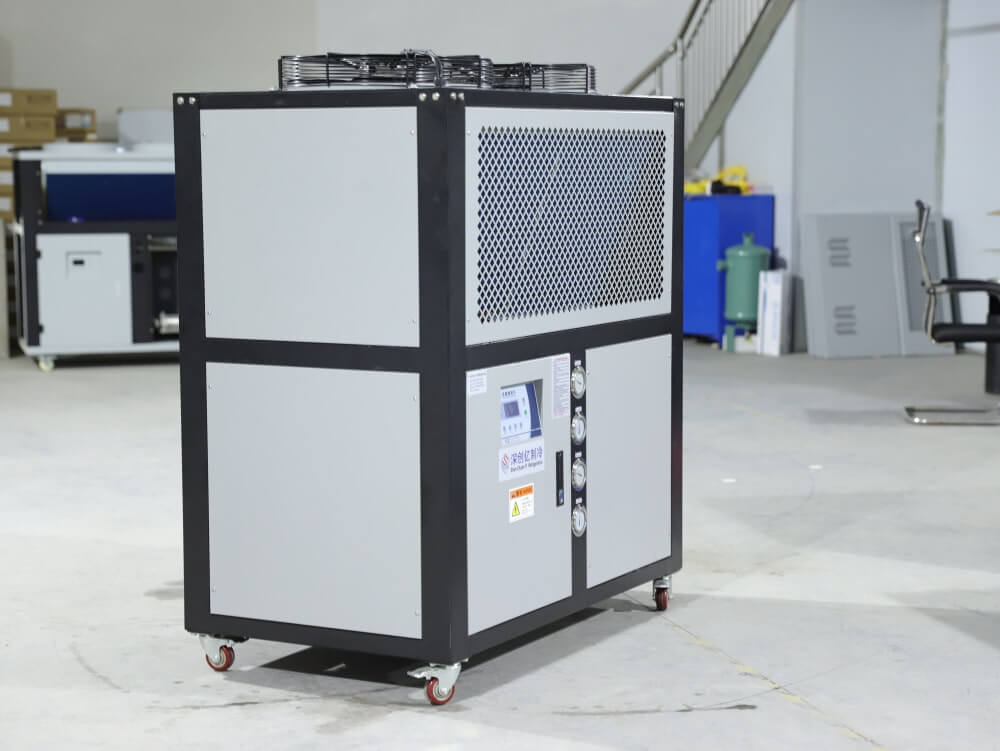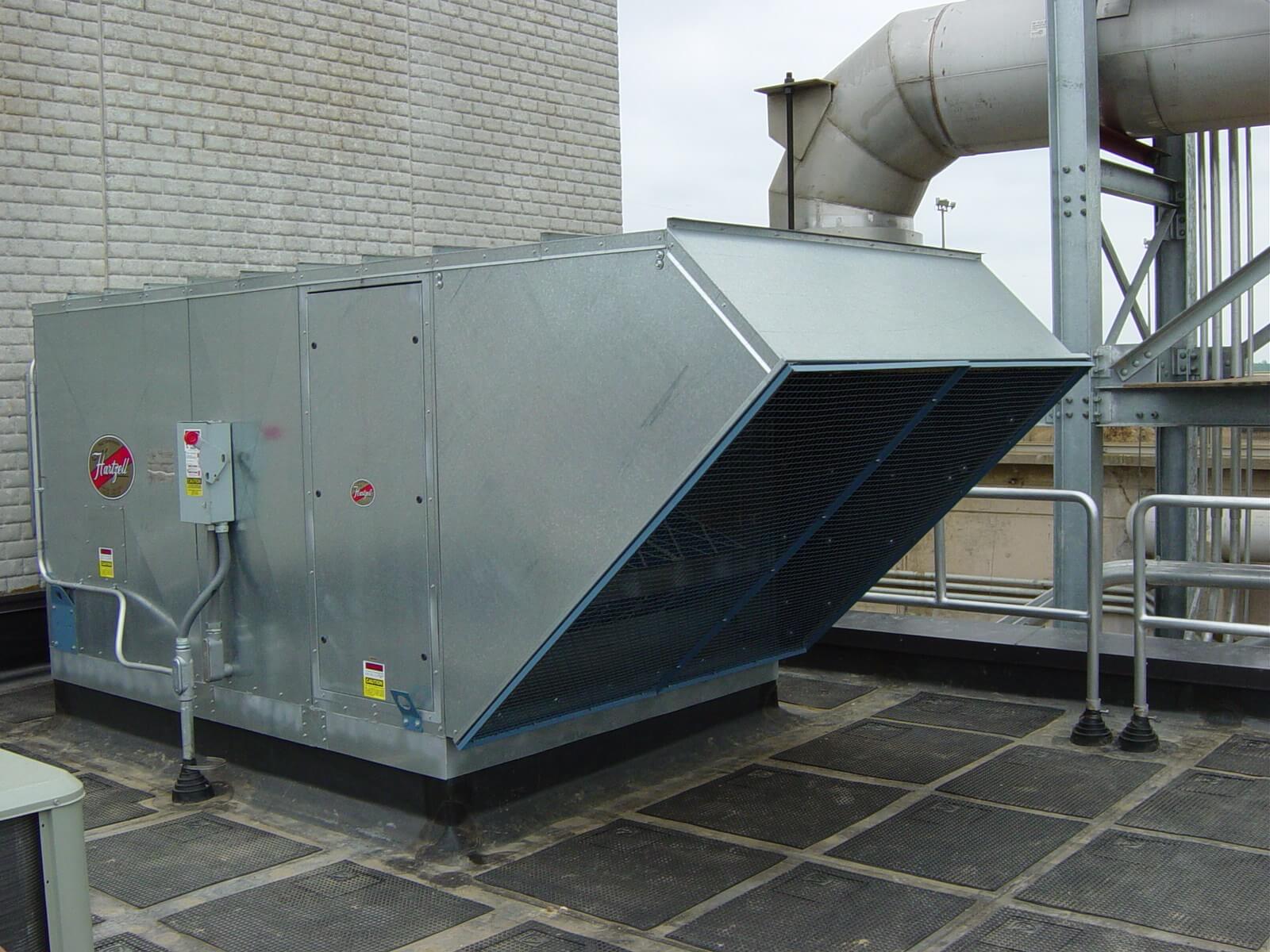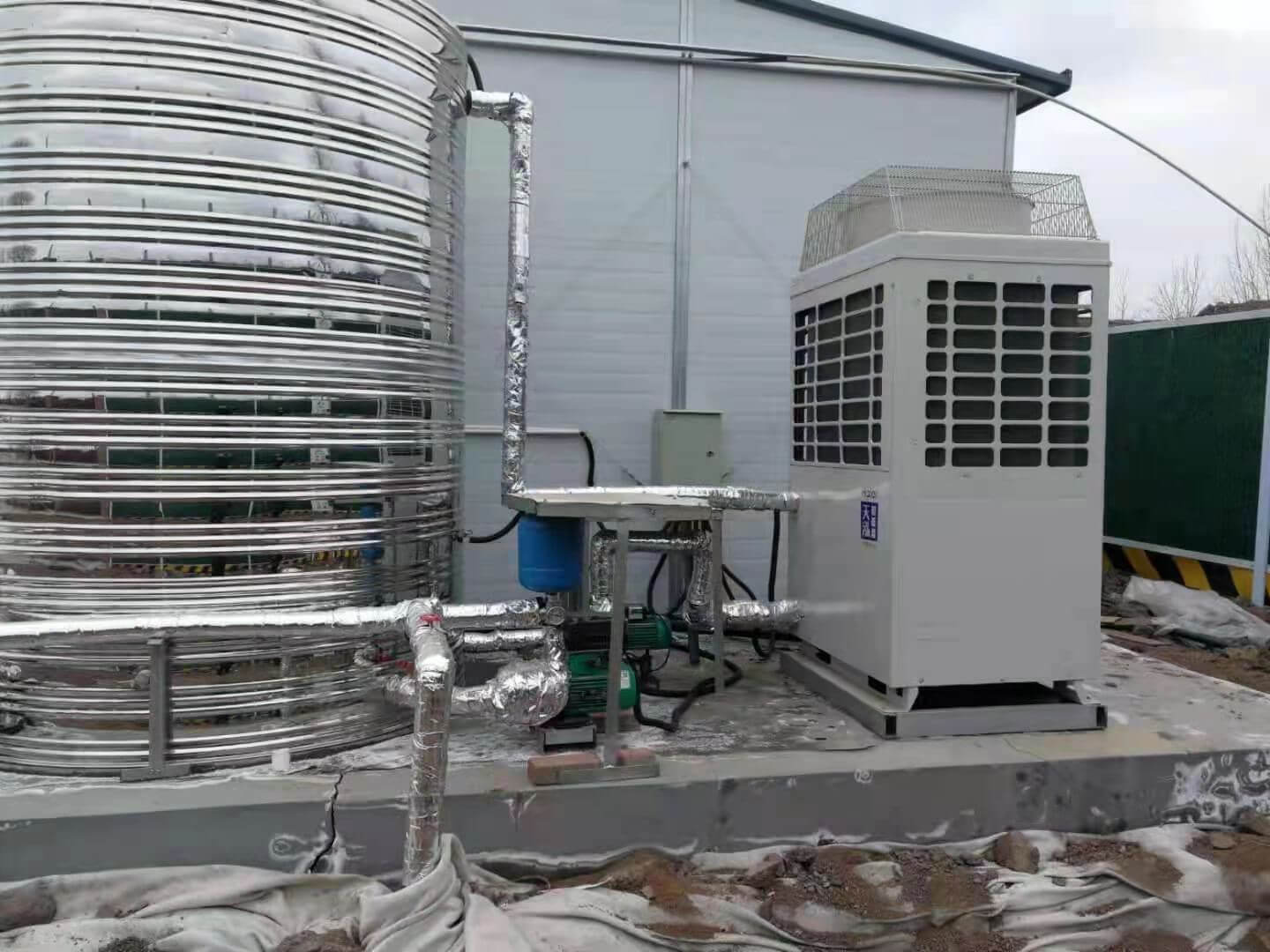Maintaining a comfortable and controlled indoor environment is a priority for many commercial and industrial spaces, from office buildings to manufacturing facilities. Two key players in this process are water chillers and air handling units (AHUs). While they serve distinct purposes, their collaboration is essential for efficient climate control. In this article, we’ll break down how these systems work individually and together, offering a clear, practical understanding of their synergy.
What Is a Water Chiller?
A water chiller is a refrigeration system designed to remove heat from a liquid—typically water or a water-glycol mix—through a cooling process. It operates using a closed-loop cycle that includes four main components: a compressor, condenser, expansion valve, and evaporator. Here’s how it works:

- Compressor: Compresses refrigerant gas, raising its pressure and temperature.
- Condenser: Transfers the heat from the refrigerant to the surrounding air or water, causing the gas to condense into a liquid.
- Expansion Valve: Reduces the pressure of the liquid refrigerant, cooling it significantly as it expands.
- Evaporator: Absorbs heat from the water circulating through the system, chilling it before the refrigerant cycles back to the compressor.
The result? A steady supply of chilled water, typically maintained between 40°F and 45°F (4°C to 7°C), ready to be used for cooling purposes. Water chillers come in two primary types—air-cooled and water-cooled—depending on how they dissipate heat from the condenser.
What Is an Air Handling Unit (AHU)?

An air handling unit is a key component of an HVAC system, responsible for regulating and circulating air throughout a building. It can be a standalone system or connected to ductwork that distributes conditioned air.
Key components of an AHU include:
Fans/Blowers: Push air through the unit and into the building.
Cooling/Heating Coils: Transfer heat between the air and the chilled (or heated) water circulating inside.
Filters: Clean the air by trapping dust, allergens, and airborne pollutants.
Dampers & Mixing Boxes: Regulate the intake of fresh air and recirculated indoor air.
Humidifiers/Dehumidifiers (optional): Control indoor humidity levels when necessary.
AHUs can be configured for cooling, heating, ventilation, dehumidification, or a combination of all four.
How Do Water Chillers and AHUs Collaborate?

The collaboration between chillers and AHUs forms a central chilled water system. Here’s how the process flows:
Chilled Water Generation
The water chiller produces chilled water, which is circulated through insulated pipes to various AHUs located throughout the building or facility.Air Cooling via AHU Coils
The chilled water enters the cooling coil inside each AHU. Warm return air from the building is blown across the coil. As the air passes over, heat is transferred to the chilled water, cooling the air before it is re-distributed.Air Distribution
The now-cooled air is circulated through ducts and diffusers into occupied spaces, reducing the temperature and enhancing comfort.Return Water Cycle
After absorbing heat, the water returns to the chiller to be cooled again, completing the cycle.
This process allows for centralized cooling, with precise temperature and humidity control, which is especially beneficial in large or multi-zone facilities.
Benefits of Integration
When water chillers and AHUs work in tandem, the advantages are clear:
- Energy Efficiency: Chilled water systems can cool large areas with less energy than standalone air conditioners, especially in bigger facilities.
- Scalability: This setup is ideal for multi-zone buildings, allowing centralized cooling with distributed air delivery.
- Comfort and Air Quality: The AHU’s filtration and humidity control enhance indoor conditions beyond just temperature regulation.
- Flexibility: The system can adapt to seasonal changes, with some AHUs incorporating heating coils for colder months.
Applications in Real-World Settings
This combination shines in environments requiring consistent cooling and air circulation:
- Commercial Buildings: Offices, malls, and hotels use water chillers and AHUs to maintain comfortable temperatures across large spaces.
- Industrial Facilities: Factories leverage the system to cool equipment and ensure worker comfort.
- Healthcare: Hospitals rely on precise climate control for patient care and sensitive equipment, with AHUs ensuring clean, conditioned air.
Optimizing Performance
To get the most out of this duo:
✅ Schedule Preventive Maintenance: Clean evaporator and condenser coils, inspect pumps and motors, and replace filters regularly.
✅ Optimize System Design: Properly size the chiller and AHUs based on building load and usage patterns.
✅ Use Variable Speed Drives (VSDs): On pumps and fans to match output to real-time demand.
✅ Implement Building Management Systems (BMS): Automate and monitor operation using smart controls and sensors for energy savings.
Final Thoughts
Water chillers and air handling units are the backbone of modern climate control systems. Their synergy allows for centralized, efficient, and scalable cooling solutions that ensure occupant comfort, product protection, and energy savings.
Whether you’re retrofitting an existing facility or planning a new build, understanding the integration of chillers and AHUs is key to making smart HVAC decisions. For the best results, consult with experienced HVAC professionals who can assess your needs, design a tailored system, and ensure optimal performance over the system’s life cycle.
